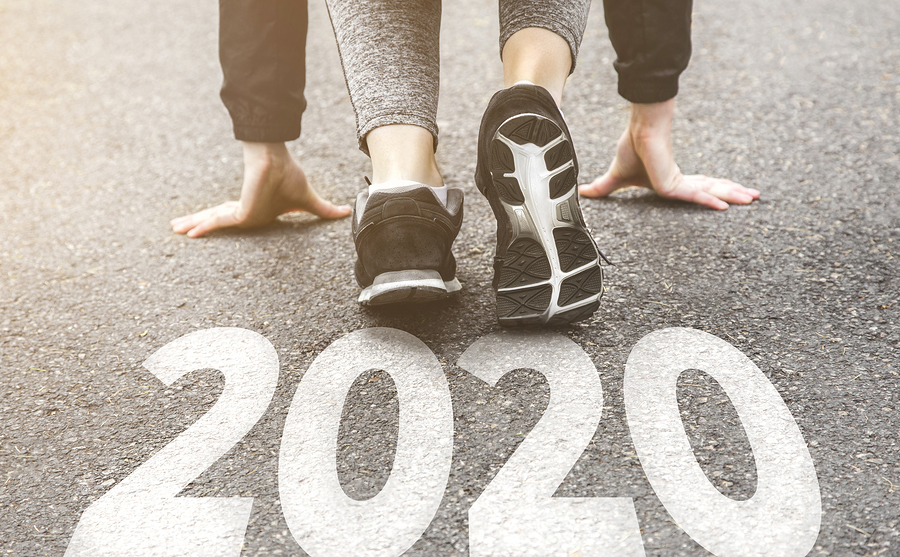
Too Many Theories
I have long held the view that most areas of psychology are blighted with too many theories. Don’t get me wrong, I know we need research to support our professional decision making. But in my view there are simply too many below par theories, models and papers out there. Google Motivation and sport psychology theories and you’ll see what I mean.
This then blows out the work load of applied sport psychologists such as myself. I try to read as many peer-reviewed journals on sport psychology as possible. Unfortunately have to sort through the mountain to find the gems.
Oh, and there are some real gems.
One of these is the work done around Delayed Gratification via The Stanford Marshmallow Experiments. Starting in the 60s Walter Mischel did a series of studies that gave us with a huge clue about the motivational requirements of successful people.
One Marshmallow Now Or Two Later?
In these studies, children between four and eight years of age were offered a choice. Each child, in turn, could pick between one small reward immediately or two later. One marshmallow now or two later, you decide? If the child decided to have two marshmallows later then it would be on the condition that the single treat was still there when the experimenter returned. This was normally after about 15 minute.
Remarkably in the majority of the testing about half the children gobbled down the one marshmallow almost immediately. The other half would exercise great will power and wait for the experimenter to return. In follow-up studies, the researchers found that children who were able to “delay their gratification” tended to have better life outcomes. For example, these high will power youngsters went on to get better exam results. They were happier and more likely to have good relationships. They ended up with much better jobs than the lower will power kids.
Below is a 6 minute Ted talk which explains the concept and experiments in more details.
Although I am assume that Professor Mischel had little interest in the specific field of sport psychology I can’t imagine another branch of psychology whereby the concept of delayed gratification is more relevant.
Delayed Gratification
Delayed gratification is really just “doing something difficult now in the hope that it will be prove worth it later on”.
Of all the hundreds of theories on motivation pertaining to sport psychology this is most useful. Quite simply put, one of the chief explanations about why so few succeed is because they can’t link their short term struggle with their long term aspirations.
Most athletes and coaches try and find shortcuts. They throw in the towel when the rewards for their effort are not immediate and obvious. They gobble down the single marshmallow instead of waiting for two. Very few people actually love getting up at 4am in order to do laps under floodlights. But the champions and champions-in-the-making do it anyway.
In the defence of ‘most athletes’ it’s unlikely that anyone has taken the time to carefully explain to them that improving is all about patience. Doing the hard yards in the preseason so the rewards can come during the season.
What If The Kids Had Been Coached First?
What would have happened had all the Marshmallow experimentees been coached beforehand. Imagine a performance psychologist had been allowed to spend time helping the kids mentally prepare first. How about the impact if a performance psychologist shows pictures of other kids succeeding. Imagine if all the subjects has been taught proper mindfulness techniques thus allowing ‘urges’ to just be noticed.
But of course elite sport, especially at the highest level, requires a little more delayed gratification than 15 minutes. On many occasions the truly meaningful “payoff” for effort might only be 10 or even 20 years down the track. That’s a long time to wait for that second marshmallow! Think about the young athletes who sacrifice time with friends and family whilst they are teenagers only to see the rewards in their twenties and thirties.
Remember, the experiments centred around one marshmallow now or two later. The children were not left with a brussell sprout for 15 minutes. This is a super important point. There was nothing mean about leaving the kids alone in a room with one marshmallow. The only difficultly some of them experienced was the tussle between their own strength of mind and their own temptations.
Applied Sport Psychology
At Condor Performance one of the ways we help those we work with to embrace delayed gratification is by encouraging them to keep track of their progress.
Key Performance Indictors can “bridge the gap” between the daily and weekly grind and possible moments of glory. These monthly checks act a little like licking the marshmallow but not eating it. They help remind us about what we might get later on down the track. They remind us about why we’re doing what we’re doing even if it’s uncomfortable. MCs are, in my opinion, the most powerful motivators available when you can’t actually use marshmallows!
Easier said than done? If you’d like to receive details about our sport psychology services then you can get in touch a number of ways.
- Fill in the form via our Contact Us page
- Complete one of the MTQs via this link
- Send a regular old email to [email protected]






